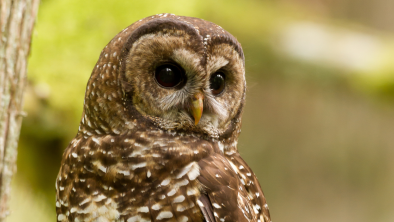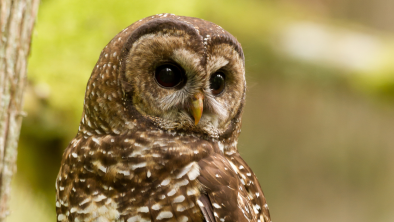Logging, habitat loss the real threat
Times Colonist
Two recent Times Colonist articles have quoted Environment Minister Barry Penner and Victoria Jackson of the Vancouver Island Marmot Foundation, who promoted the oversimplified assertion that wolves and cougars are primary factors in the decline of Vancouver Island marmots.
In fact, the marmot survived with these predators in the landscape for millennia. What has changed is the landscape itself.
Extensive conversion of ancient forests to tree farms has reduced deer numbers, the primary prey for wolves and cougars. Under these scenarios, predators often consume alternative prey like marmots. Extensive logging road networks now grant hungry carnivores easy access to marmot colonies.
Likely, logging has had additional and more direct effects.
For years, researchers have hypothesized that high elevation logging has lured dispersers — critical individuals in marmot society — into clearcuts, which offer ephemeral, low-quality habitat where survival has been low.
Predation might be one of several contributing proximate causes of marmot declines, but the ultimate cause is landscape change wrought by logging.
Looking forward, a more honest and broader view would focus on the remaining vestiges of so-called “critical habitat.” This is why the provincial government ought to swiftly identify and protect these areas.
If B.C. cannot comply with this essential responsibility under the Species-at-Risk Act for Canada’s most endangered mammal, then I fear that the rest of the province’s threatened organisms and habitats will likewise face an uncertain future.
Chris Darimont
Conservation Scientist
Raincoast Conservation


